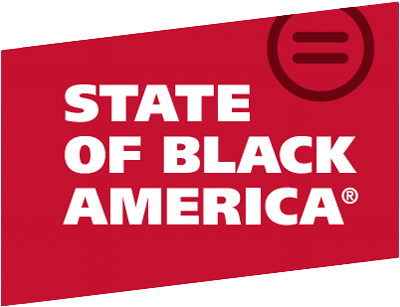President Barack Obama unveiled a new frontier in medical care with the announcement of an unprecedented commitment of federal resources directed at improving health and effectively treating disease during his January 2014 State of the Union Address.
The Precision Medicine Initiative sought to quicken the pace of availability of more advanced and effective “patient-centered” medical treatments to patients and their doctors. In the past, biomedical research often resorted to treatments based on the genetic and inherited characteristics of the “average person.” This cookie cutter approach to discovering new drugs and medical treatments far too often translated into the “average white person,” as the majority of clinical trial participants for testing new drugs includes very few people of color.
This lack of diversity can often mean that while medical products or treatments may be effective for a broad segment of the population, it may not be as safe for certain populations. Given the low enrollment of people of color in traditional clinical trial research, it is of real concern that African Americans, Latinos, and Asians may not realize sufficient benefit at a time when we know that stubborn health inequities and health disparities continue to challenge many communities throughout the United States.
So, does this new era of precision medicine hold any promise for ameliorating health disparities in communities of color? In some ways, this is both an open and existential question. It is certainly envisioned that new and better treatments for individuals from ethnically diverse and socioeconomically challenged backgrounds can result from this new effort. A heightened and sustained effort on the part of all who passionately advocate for the health and well-being of communities of color must be implemented to ensure that such a vision becomes reality. Consistent with the principle of distributive justice, it is imperative that the risks and benefits that may come from precision medicine extend to all populations.
Precision medicine treatment works by identifying genetic differences among and between us that lead to higher disease risk and/or treatments that work best for a given condition. We already know that there are indeed objective, data-derived differences in the way that those of us with African ancestry metabolize certain drugs. For example, the common drugs routinely prescribed to treat asthma, hypertension, and certain cancers are known to be more sensitive or less responsive in Black people. In reviewing the study samples that shepherd these drugs from the market to our medicine cabinets, it is clear that the low participation of people of color contributes to this problem. The worrisome implication is that if genomic studies lack broader population inclusion, the genetic databases will be too restricted and likely lead to non-minority populations benefiting from them to a greater degree than minority populations. This is particularly important as we know that among Mexican American, Native American, and many Hispanic/Latino populations, there are surprising levels of racial admixture and intragroup genetic diversity given the varying degrees of their European ancestry. This supports the theory that even more precision medicine studies should be designed in such a way to incorporate this similar reality among many people of color.
The good news is that within the African-American community, there is greater interest and yearning to better understand our unique genetics. Curiosity about genetics and the percentage of our African and European lineage augurs well for a seamless transition into greater interest and broader participation in more advanced scientific data gathering. Emerging data suggests a growing awareness of the real potential benefit to families and communities of those participating in genetics research. This is tempered, however, by real concerns around how the results may be used (e.g., Henrietta Lacks), if participants will be exploited (e.g., the infamous Tuskegee Syphilis study), a persistent distrust of investigators, and the low numbers of physicians and biomedical scientists of color who participate in such studies. Nonetheless, these understandable concerns should not exclude our families from better precision medicine treatments to help close the gap in the effectiveness of treating such conditions as breast cancer, prostate cancer, diabetes, chronic kidney disease, congestive heart failure, and other such conditions that afflict diverse communities. Such treatments will indeed be costly. Nonetheless, our goal should always be that all people (including people of color) get the right and best treatment available as a result of the precision medicine movement. Nothing more, and most importantly, nothing less.
What now of health inequities and health disparities in the era of precision medicine? As precision medicine delivers new discoveries, drugs, and treatments, its promise is indeed tempered by the fact that the primary contributors to health inequities are outside the realm of scientific laboratories, hospitals, clinics, or doctors’ offices. The social determinants of health—education, housing, and economic equality—must remain a strong focus for those who advocate, educate, and pray for a better and healthier America.



